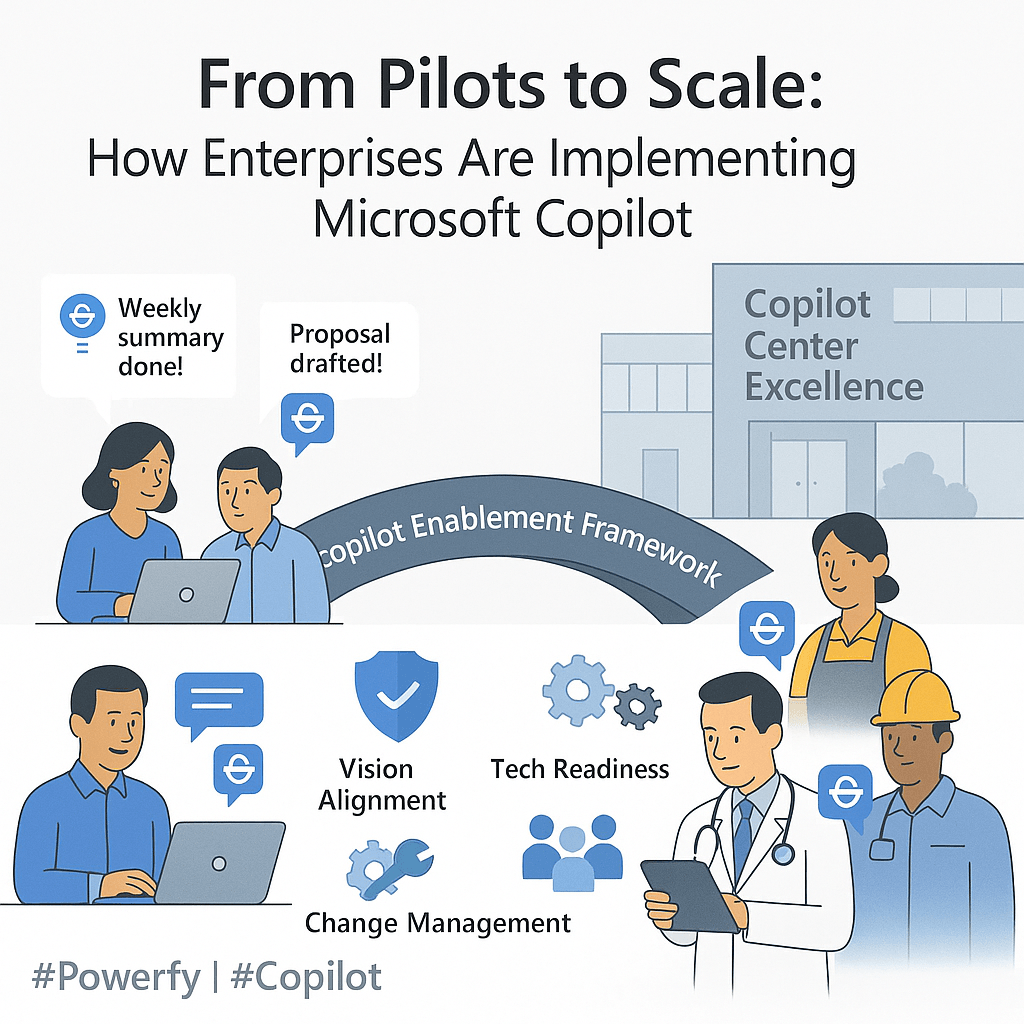When a Fortune 100 insurance company approached PowerFy, they had one goal: scale Microsoft Copilot across 20,000+ employees.
“We’ve done the pilots. People love Copilot. But how do we take this from scattered success to systemic scale?”
This wasn’t just about deploying software. It was about transforming the way their workforce operated—with AI as a trusted digital teammate.
Over the next six months, we partnered with them and five other enterprises to scale Microsoft Copilot across different industries: manufacturing, retail, healthcare, professional services, and logistics. Here’s what we learned from those journeys—and how they cracked the code of enterprise-wide Copilot deployment.
Almost every organization starts the same way: one department runs a Microsoft Copilot pilot. Employees are amazed by time savings and ease of use. Word spreads. Momentum builds. And then… things stall.
Why? Because scaling AI across an enterprise requires more than excitement. It needs strategy, structure, and systems.
The early adopters who succeeded didn’t jump straight into deployment. They began with a 4-part Copilot Enablement Framework:
Vision Alignment — Executive workshops were held to define business objectives. Teams mapped Copilot to strategic goals like boosting productivity, increasing innovation, and improving customer experience.
Governance and Risk Mitigation — These organizations developed clear access policies, AI usage guidelines, and data security protocols. Microsoft Purview and Defender for Cloud were deployed to ensure enterprise-grade compliance.
Technology Readiness — They ensured they had access to Microsoft 365 E5 and Copilot Studio. A review of data connectors and integrations ensured everything would work in the real world.
Change Enablement — Internal champions were developed. AI literacy programs and prompt engineering bootcamps gave employees the confidence and skillsets they needed.
This foundation prevented chaos when the scale-up began.
One of the biggest mistakes we saw in organizations that struggled? Waiting for perfect use cases before scaling. The successful companies encouraged “low-stakes, high-value” use cases early—like weekly meeting summaries via Teams Copilot, auto-generated status reports, or proposal drafting in Word.
Employees began seeing value in the tools they were already using. In one case, a manufacturing client rolled out a “Shift Supervisor Copilot” that summarized production logs and flagged safety alerts. Within weeks, plant managers requested their own tailored copilots. Adoption spread organically—not by mandate, but by demand.
A crucial element of success was the establishment of a Microsoft Copilot Center of Excellence (CoE). In every case, the CoE became a central hub for training, templates, governance, and support. In a retail firm, they even launched “Copilot Clinics” where employees brought real problems and learned to build agents using Copilot Studio. One CTO called it their “AI enablement engine.”
Measurement also played a vital role. A healthcare organization that scaled Copilot effectively tracked metrics like hours saved, adoption rates, satisfaction with Copilot suggestions, and task completion speed. These KPIs helped them justify continued investment, prioritize enhancements, and defend the value of their Copilot program to executive leadership.
Surprisingly, some of the most impactful results came from unexpected places. An internal auditor created a compliance-checking agent that flagged anomalies in logs. A procurement analyst built a Copilot to compare supplier quotes across formats. A customer success manager designed a feedback summarizer that saved her team 10+ hours weekly. These stories revealed the untapped creativity and capability of non-technical staff empowered with low-code tools.
From all these engagements, five key lessons emerged regarding Microsoft Copilot:
- Start small, but plan big. Don’t wait for the perfect use case. Start with simple tasks but scale with a roadmap.
- Empower the edge. Give business units autonomy to build what they need, within governance frameworks.
- Balance freedom with control. Governance and security must enable—not restrict—innovation.
- Make Copilot part of the culture. Weekly rituals, internal demos, and shared wins keep momentum alive.
- Broadcast the wins. Success stories drive adoption more than mandates.
For CIOs, CTOs, and IT leaders, Microsoft Copilot isn’t just another tool in the enterprise tech stack. It’s a strategic capability—one that rewires how work happens.
The early adopters proved that with the right structure, Copilot can scale—not as a feature, but as a force multiplier.
At PowerFy, we help enterprises move from Copilot trials to true transformation. Because in the age of AI, scale isn’t optional. It’s inevitable.
Our Team is ever eager to help you. Contact our Microsoft Power Platform Consulting team here.











